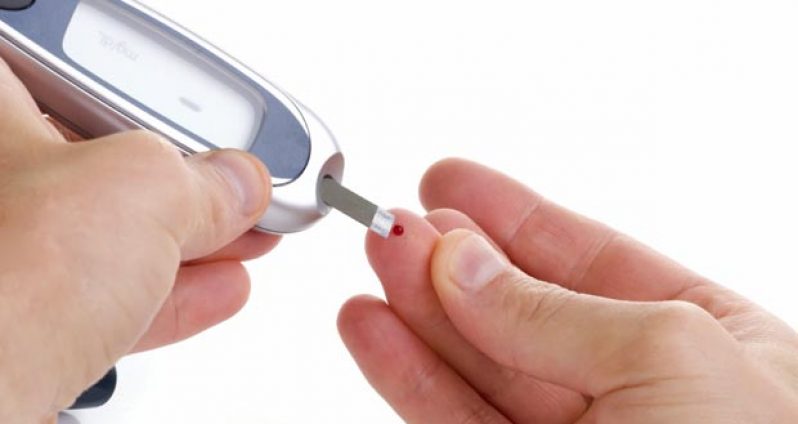DIABETIC patients usually suffer from nervous damage and blood vessels damage in their lower extremities. These damages can make their feet vulnerable to many problems such as infected ulcers (sores), Joint deformities, fungal infections, ingrown toenails, excess build-up of callus etc. A diabetic foot complication and poor care can be a recipe for an amputation (loss of limb). My humble appeal to all diabetics is to take proper care of their feet. Please find below some tips to take care of your feet.

1. Keep your blood sugar in your target range as much as possible, to prevent infection, speed healing and prevent further damage to blood vessels and nerves.
2. Wash your feet with mild soap and warm water every day. Dry the areas between toes and around nail beds to prevent fungal infections like athlete’s foot.
3. Inspect your feet carefully every day and check between the toes. Use a mirror if needed to detect any problems such as cuts, blisters, red spots, or swelling.
4. Cut toenails straight across and not too short. You should be able to see a small rim of white nail beyond the pink nail bed. Have a trained professional trim your nails if you cannot do it yourself to avoid ingrown toenails and to avoid cutting your toes.
5. Be more active and do activities like walking. Wiggle your toes and rotate your ankles for a few minutes several times a day to help blood flow to your feet.
6. Apply lotion to the tops and bottoms of feet daily. Do not apply lotion between the toes (you may apply powder between the toes if desired) to prevent skin from cracking. Try lotions like Uremol, Neutrogena, Lubriderm, or Keri. Moisture between the toes can cause fungal infections like athlete’s foot.
7. Wear socks with loose fitting elastic. Avoid knee-high stockings. Change socks often if your feet sweat a lot. Tight elastics cut off circulation. To prevent fungal infections by keeping the area dry.
8. Check the insides of shoes daily before putting them on. Use your hand to check for cracks, sharp edges, and loose objects. Any objects or rough edge in your shoe can cause blisters or breaks in the skin.
9. Shop for shoes late in the day, when your feet are most swollen, and make sure they fit well. To avoid injuries like corns and blisters. Take off both of your shoes at every doctor’s visit. Your doctor or nurse should check both of your feet.
10. Contact your health care provider immediately when you find a problem like broken skin. Most foot problems are much easier to treat when they are treated right away.
Tips for Buying Shoes with Diabetes
• Have feet measured periodically, because feet change over time.
• Shop later in the day, because feet swell throughout the day, especially if you have heart disease and kidney problems.
• Have shoes fitted with the socks you’ll be wearing with those specific shoes. That way you’ll know they will fit properly.
• The distance between your longest toe and the tip of the shoe should be ½ of your thumb’s width, so you have the right amount of space to fit your feet.
When you buy a new pair of shoes, break them in before wearing them for a long period of time. Wear them for one to two hours, then check your feet for any cuts or blisters. Wear them three to four hours the next day, and so on, until they feel comfortable.
Please feel free to send an email to kumarsukhraj@yahoo.com or call 6228032 for further enquiry and discussion on the topic. Patient education plays an important in the diagnosis and management of diabetes and any other illness. Please look forward for a continuation of the discussion on health issues in the next publication.
(By Dr. Kumar Sukhraj)




.png)









